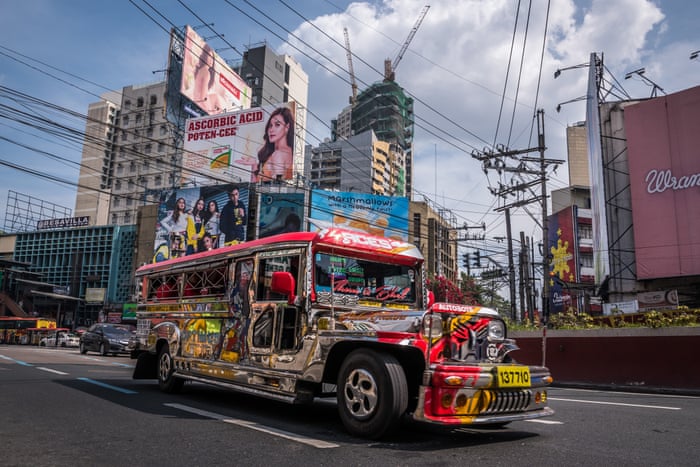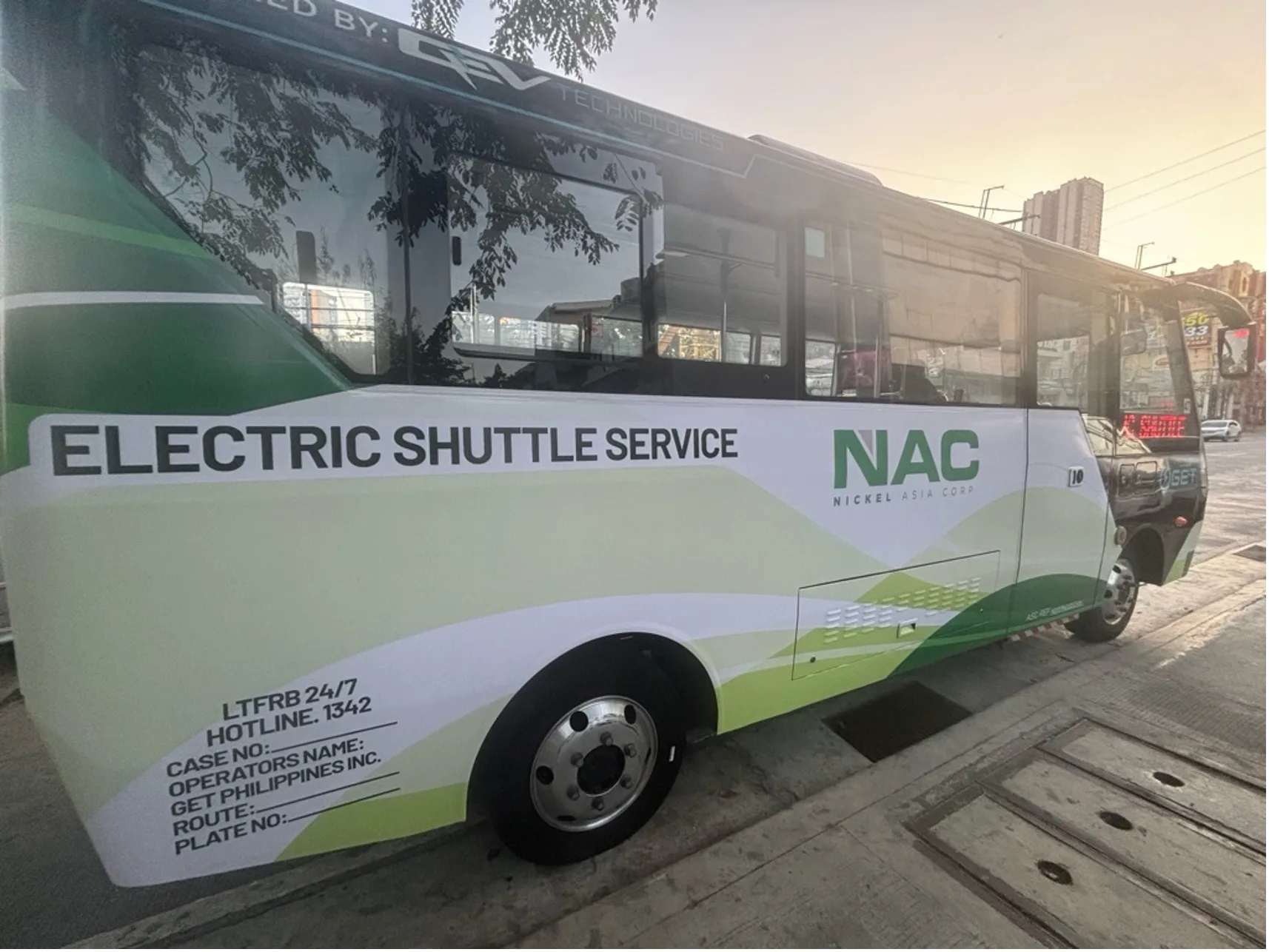Make Best Use Of Exposure with Transit Advertising Philippines
Make Best Use Of Exposure with Transit Advertising Philippines
Blog Article
Exactly How Transportation Marketing Can Change Public Transport Spaces Into Dynamic Advertising And Marketing Platforms
Transit advertising and marketing holds considerable possibility to redefine public transport areas right into dynamic advertising platforms that educate and involve. As we discover the complex benefits and advancing approaches of transit advertising and marketing, it raises the inquiry of how this change can redefine our communications with both brand names and the urban setting.
Benefits of Transportation Advertising And Marketing

Furthermore, transit advertising and marketing is extremely affordable contrasted to standard media. It allows advertisers to attain high perceptions at lower expenses, making best use of return on financial investment. The captive target market of commuters gives a chance for brand names to communicate their messages to people who are often responsive during their traveling times.
Additionally, the dynamic nature of transportation advertising permits campaigns to be updated often, guaranteeing that messaging continues to be timely and appropriate. This adaptability can be critical in replying to market patterns or marketing occasions, maintaining the brand name top-of-mind for consumers. Last but not least, the pervasive presence of transit advertising and marketing adds to brand name recall; repeated direct exposure within acquainted travel contexts strengthens brand understanding and fosters consumer commitment, ultimately driving sales and enhancing brand reputation.
Types of Transportation Advertising And Marketing
Public transportation systems provide numerous formats for marketing, each dealing with different advertising and marketing methods and audience engagement approaches. One noticeable kind is external bus and train wraps, which cover the whole vehicle and develop a mobile billboard effect, permitting high visibility in metropolitan environments. These covers can capture attention as they go across active roads, getting to a diverse target market.
Another preferred style is indoor advertising, which consists of posters, digital screens, and ads on transit seats. These positionings involve travelers during their journey, reinforcing brand messaging in a constrained space. Digital displays, particularly, offer the benefit of dynamic content, enabling advertisers to update messages in real-time.
Terminal advertising and marketing is likewise considerable, featuring posters, banners, and interactive stands within transportation stations. These advertisements take advantage of foot traffic and can target specific demographics based upon place.
Lastly, advertising collaborations with transit authorities can cause special campaigns, such as themed transportation experiences or events, boosting the total interaction with travelers. Each kind of transportation advertising provides distinctive benefits, permitting brand names to customize their strategy to effectively reach their target market within the public transportation ecological community.
Involving Travelers Effectively
Travelers are progressively swamped with marketing messages throughout their day-to-day trips, making it crucial for brand names to involve them in cutting-edge ways. To capture focus in this jampacked room, marketers should focus on creative thinking and significance. Making use of captivating visuals and concise messaging can significantly enhance the likelihood of involvement.
Interactive components, such as QR codes or augmented truth features, can additionally transform fixed ads right into immersive experiences, cultivating a check my source deeper connection with the target market. Brands ought to focus on resolving commuters' interests and needs, tailoring messages to resonate with their way of living, whether with promotions for local businesses or solutions created to enhance their travelling experience.
Furthermore, timing plays a crucial function; tactically putting advertisements during peak travelling hours can optimize visibility and impact. Engaging commuters efficiently also involves leveraging social networks integration, enabling passengers to share their promos or experiences straight from transportation platforms, thus magnifying brand name reach.
Fundamentally, efficient involvement depends upon comprehending the commuter trip and creating engaging, interactive, and pertinent advertising and marketing experiences that not just capture interest yet also drive action and commitment. By doing so, brands can change public transportation right into a dynamic advertising and marketing platform that reverberates with its audience.

Measuring Advertising Effect
Just how can brands precisely assess the performance of their marketing campaign in transportation atmospheres? Determining the effect of transportation advertising calls for a multifaceted approach that combines measurable and qualitative metrics. One widespread approach is tracking involvement through mobile analytics, where brands can assess foot web traffic patterns and application interactions in the past, during, and after campaigns.
Studies can offer important understandings right into brand name click over here now recall and customer belief, permitting brand names to gauge just how well their messages reverberate with commuters. Furthermore, keeping an eye on social networks engagement pertaining to details campaigns can disclose changes in public perception and brand conversation.

In addition, teaming up with transportation companies can enhance measurement accuracy, as they typically have in-depth market data on ridership patterns. By integrating these approaches, brand names can establish a thorough understanding of their advertising and marketing efficiency, making certain that their projects not only reach however also impact their target market successfully.
Future Fads in Transportation Marketing
A substantial shift is prepared for en Transit Advertising Philippines route marketing as technological developments and altering customer habits improve the landscape. Transit Advertising Philippines. The combination of electronic screens and multimedias is anticipated to boost interaction, allowing brand names to supply dynamic web content that reverberates with diverse target markets. As mass transit systems accept smart innovation, marketers will leverage real-time data analytics to tailor messages based upon traveler demographics and habits
Furthermore, enhanced reality (AR) is positioned to revolutionize the way travelers connect with promotions. By giving immersive experiences, AR can transform a mundane journey into an interesting story that catches attention and promotes brand name commitment. This innovation will likely urge advertisers to produce even more experiential projects that drive customer communication.
Sustainability is another critical pattern affecting transit advertising and marketing. As environmental awareness expands, brands will significantly seek to line up with green techniques, making use of lasting materials and advertising environment-friendly efforts within their projects.
Final Thought
Finally, transportation advertising supplies significant benefits by enhancing brand name exposure and involving a captive target market. With numerous layouts, such as outside wraps and digital displays, it transforms public transport into a vivid marketing platform. Reliable engagement approaches and durable dimension methods even more intensify its effect. As trends evolve, the possibility for ingenious interactions in between travelers and brand names is positioned to expand, making sure that transportation marketing remains a crucial part of modern advertising strategies.
Transit marketing holds considerable potential to redefine public transport spaces into vibrant advertising and marketing systems that involve and educate. The prevalent visibility of transit advertising and marketing adds to brand recall; duplicated direct exposure within familiar traveling contexts strengthens brand name awareness and promotes consumer commitment, ultimately driving sales and improving brand name track record.
Exactly how can brand names accurately assess the efficiency of their marketing projects in transit settings?In verdict, transportation marketing provides significant benefits by improving brand presence and involving a captive target market. Transit Advertising Philippines. As trends develop, the potential for ingenious communications in between travelers and brand names is poised to expand, making certain that transportation marketing remains a crucial part of modern-day marketing approaches
Report this page